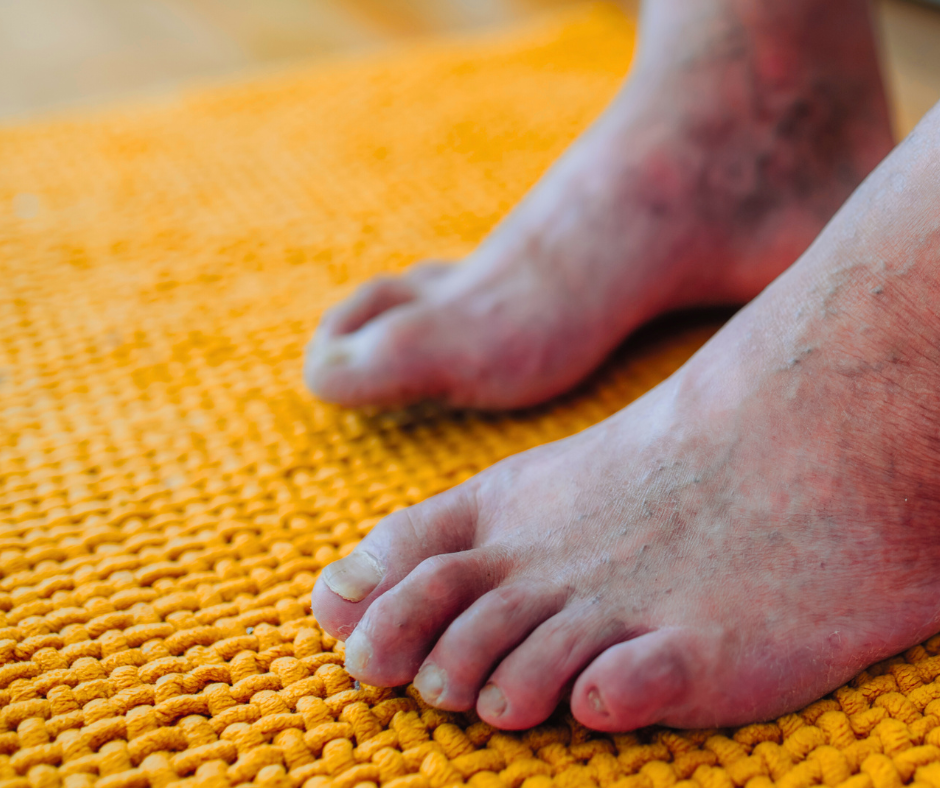
If you have diabetes and don’t carefully consider your shoes, we at Syracuse Podiatry are here to tell you there’s hope. From nerve damage to poor circulation, diabetes can turn a simple blister into a serious problem, which is why our footwear can make or break our foot health. But your options extend far beyond Skechers and off-the-rack inserts. Follow along as we tell you all about diabetic shoes.
Who Needs Diabetic Shoes?
In essence, diabetic shoes help us feel our feet. This is crucial for peripheral neuropathy and Peripheral Artery Disease, both of which cause a loss of sensation in the feet, meaning you might not feel a small cut, a sore from a poorly placed seam, or a blister from a new shoe.
And without a warning signal of pain, these minor injuries can go unnoticed and worsen significantly. PAD further complicates this by impairing blood flow, which means the body’s ability to heal wounds is weakened.
Luckily, diabetic shoes are a measure to prevent these initial injuries from ever happening.
Key Features of a Diabetic Shoe
What makes a diabetic shoe so special? It’s all in the details:
- A Wide and Deep Toe Box: This provides ample space for the toes to move freely, but also prevents compression and rubbing that could lead to blisters or sores, especially for those with deformities like hammertoes.
- Seamless Interior: The inside of a diabetic shoe is lined with a soft, seamless material to eliminate any points of friction or irritation that could cause a wound (and possibly an ulcer).
- Rocker Bottom Sole: This specialized sole is designed to reduce the pressure on the ball of the foot and heel during the walking motion, which is beneficial for those with foot pain or limited joint mobility.
- Removable Insole: Welcome, custom orthotics. For diabetics, custom orthotics are used to take the pressure off specific high-impact areas on the foot, which is great for preventing the breakdown of skin.
The Importance of a Proper Fit
Even the best diabetic shoe is useless if it doesn’t fit correctly. That’s where we step in: to help you with a professional fitting.
We will measure both the length and width of your feet and ensure there’s enough room to accommodate any deformities or orthotics because a shoe that is too loose can cause just as much friction as a shoe that is too tight.
Have questions? Reach out to us for any concerns regarding our diabetic shoe process.
For advice related to any podiatric concerns you’re facing, the expert team at Syracuse Podiatry is here to help guide you. Contact us today so Dr. Ryan L. D’Amico, Dr. Donal M. Erickson, Dr. Keith Sherman, and Dr. Nicholas Cronin can elevate your foot health and help your feet feel their best.
